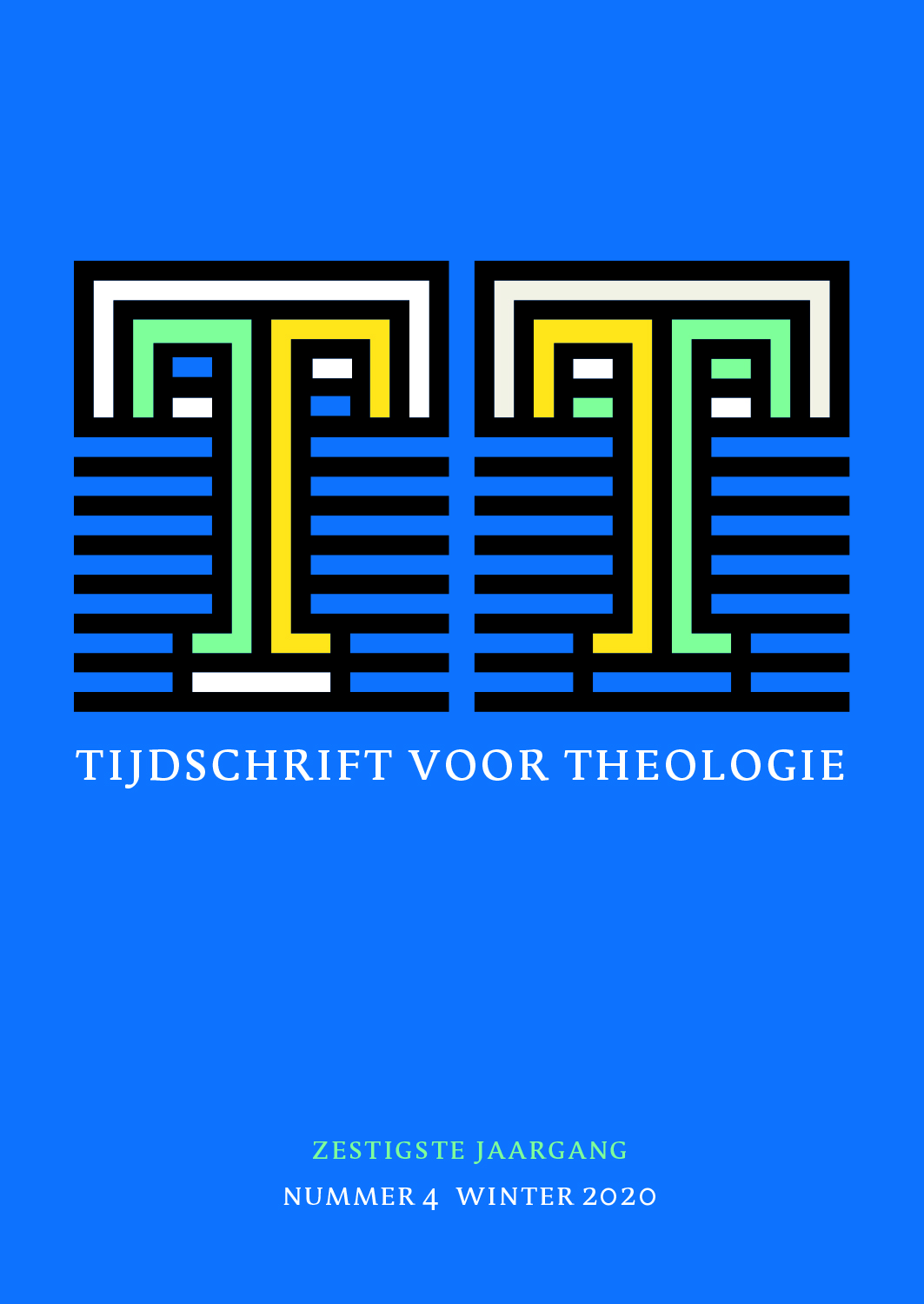 previous article in this issue previous article in this issue | next article in this issue  |

Preview first page |
Document Details : Title: Dei verbum, Nostra aetate en de dialoog tussen de godsdiensten Subtitle: Aanzetten tot een theologie van interreligieuze gastvrijheid Author(s): MOYAERT, Marianne Journal: Tijdschrift voor Theologie Volume: 55 Issue: 3 Date: 2015 Pages: 231-250 DOI: 10.2143/TVT.55.3.3197440 Abstract : De opzet van het Tweede Vaticaans Concilie was, algemeen gesproken, de kerk opnieuw bij de tijd brengen. Paus Johannes XXIII, die het concilie in het leven riep, wilde een aggiornamento en een ressourcement. Die vernieuwing en herbronning waren zowel nodig ad intra (wat betreft het innerlijke leven van de kerk) als ad extra (wat betreft de relaties en de dialoog van de kerk met de wereld). Het zelfverstaan van de kerk, zoveel is duidelijk, is sterk verweven met de vraag naar haar rol en haar roeping in deze wereld. De kerk heeft haar plaats in de wereld, waar ze vreugde, verdriet, hoop en liefde deelt met mensen. Ze beschouwt het daarenboven als een van haar taken om ‘eenheid en liefde te bevorderen tussen de volkeren’. Gaandeweg groeide onder de concilievaders het besef dat ook de dialoog met aanhangers van andere godsdiensten deel uitmaakt van wat het betekent om als kerk in de (moderne) wereld te staan. Wat men ook maakt van de recente discussie over de ‘continuïteit’ dan wel ‘discontinuïteit’ van het concilie, men kan niet ontkennen dat dit een keerpunt was. Het belangrijkste document dat dit keerpunt symboliseert, is de declaratie Nostra aetate: voor het eerst in haar geschiedenis sprak de kerk zich op een waarderende toon uit over de ‘niet-christelijke godsdiensten’ en maakte ze haar voornemen bekend om vriendschappelijke interreligieuze relaties te bevorderen. The document Nostra aetate was the first document in the history of the church that actually expressed an appreciation of ‘non-Christian religions’ and announced the Church’s intention to promote friendly interreligious relations. This declaration is usually read and interpreted in the light of Ad gentes (the decree of the mission activities of the Church), Gaudium et spes (the pastoral constitution on the Church and the modern world) and Lumen gentium (the dogmatic constitution of the Church), the central question being how God’s universal salvific will relates to the particularity of the Christ event and the Church’s mission. Nostra aetate is less often read in combination with the dogmatic constitution Dei verbum (on divine revelation). This is odd, because Dei verbum is one of the main documents of the Second Vatican Council; it has left its mark on the council and the theological insights it formulates affect many other documents, including Nostra aetate. Moreover, the question of revelation is one of the main questions in a theology of religions. The question whether God has also revealed himself to non-Christians is crucial to interreligious dialogue. In this article, the author claims that the dialogical concept of revelation as formulated in Dei verbum (particularly in the first chapter), is at the basis of the turn towards interreligious dialogue. It explains why interreligious dialogue is theologically founded. The manner in which God has revealed himself, viz. as a relational God who enters into history in order to engage in conversation with humanity, has certain consequences for the way in which we should engage with others who can also be regarded as God’s children. Dialogue becomes part of what it means to be God’s people. Furthermore, reading Nostra aetate together with Dei verbum shows that God has also revealed himself to people of other religions, and that these religions do in indeed reflect that fact. From this perspective, Dei verbum offers an important contribution to a theology of interreligious dialogue. |
|


